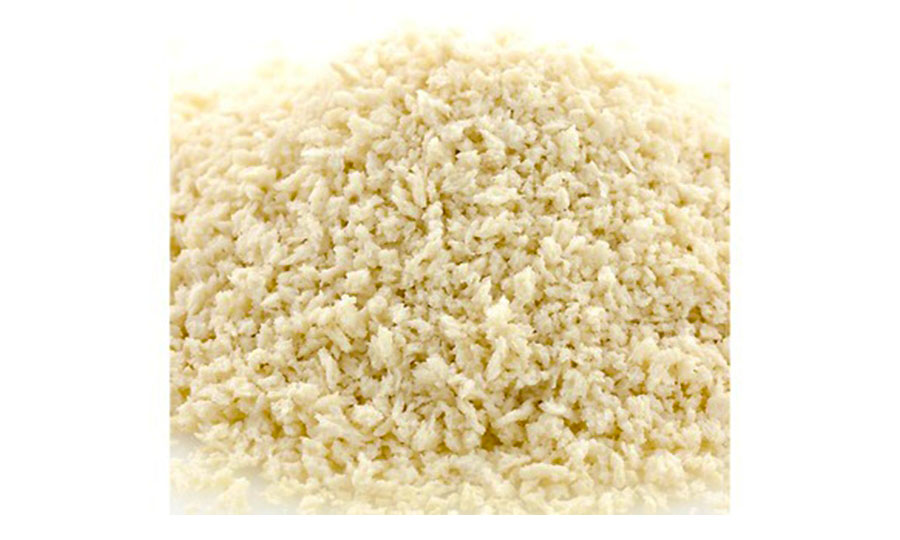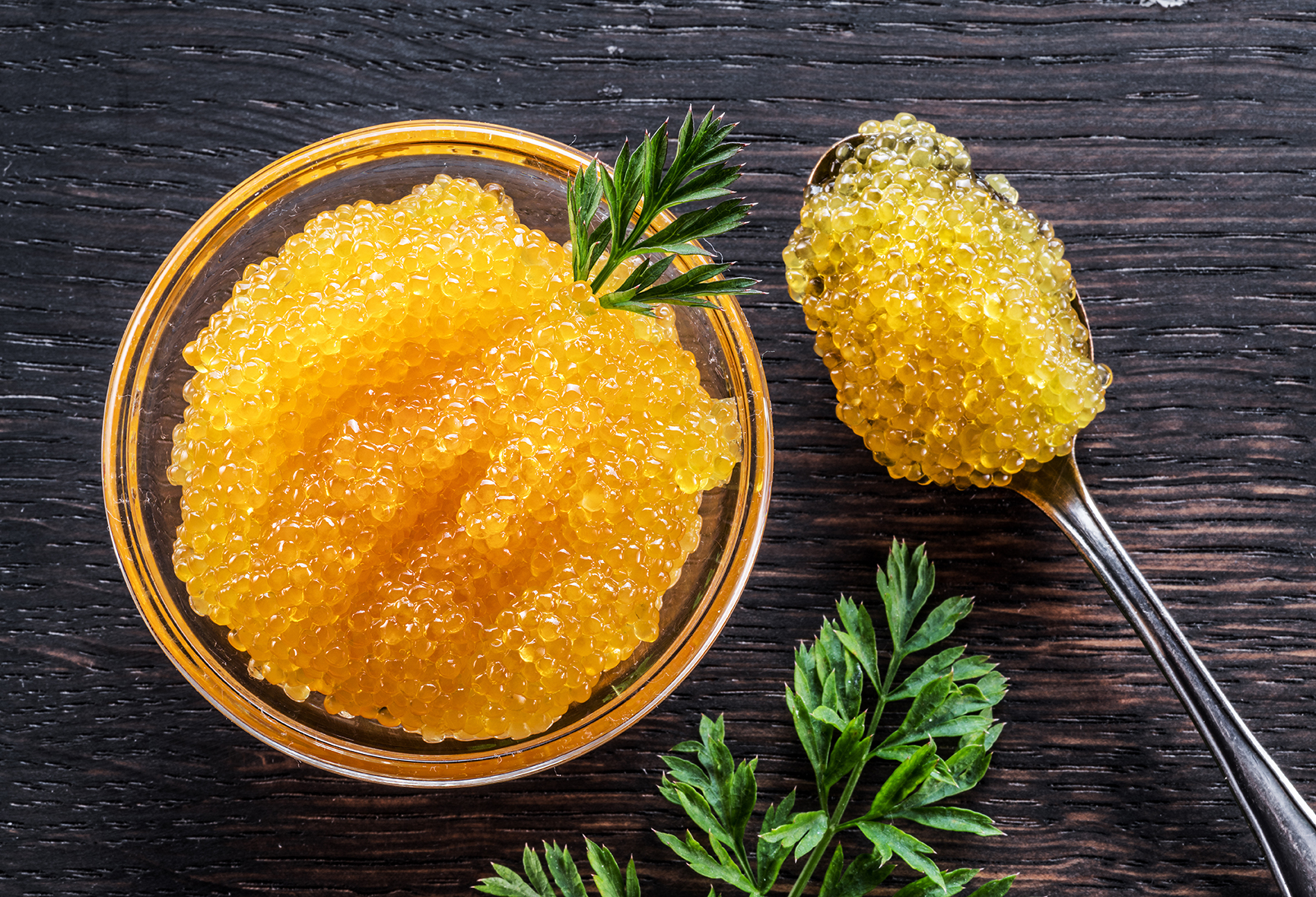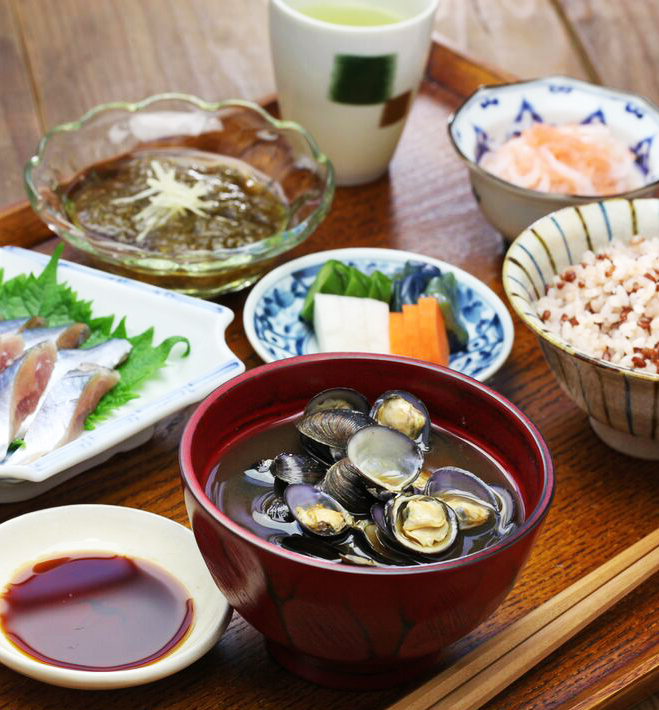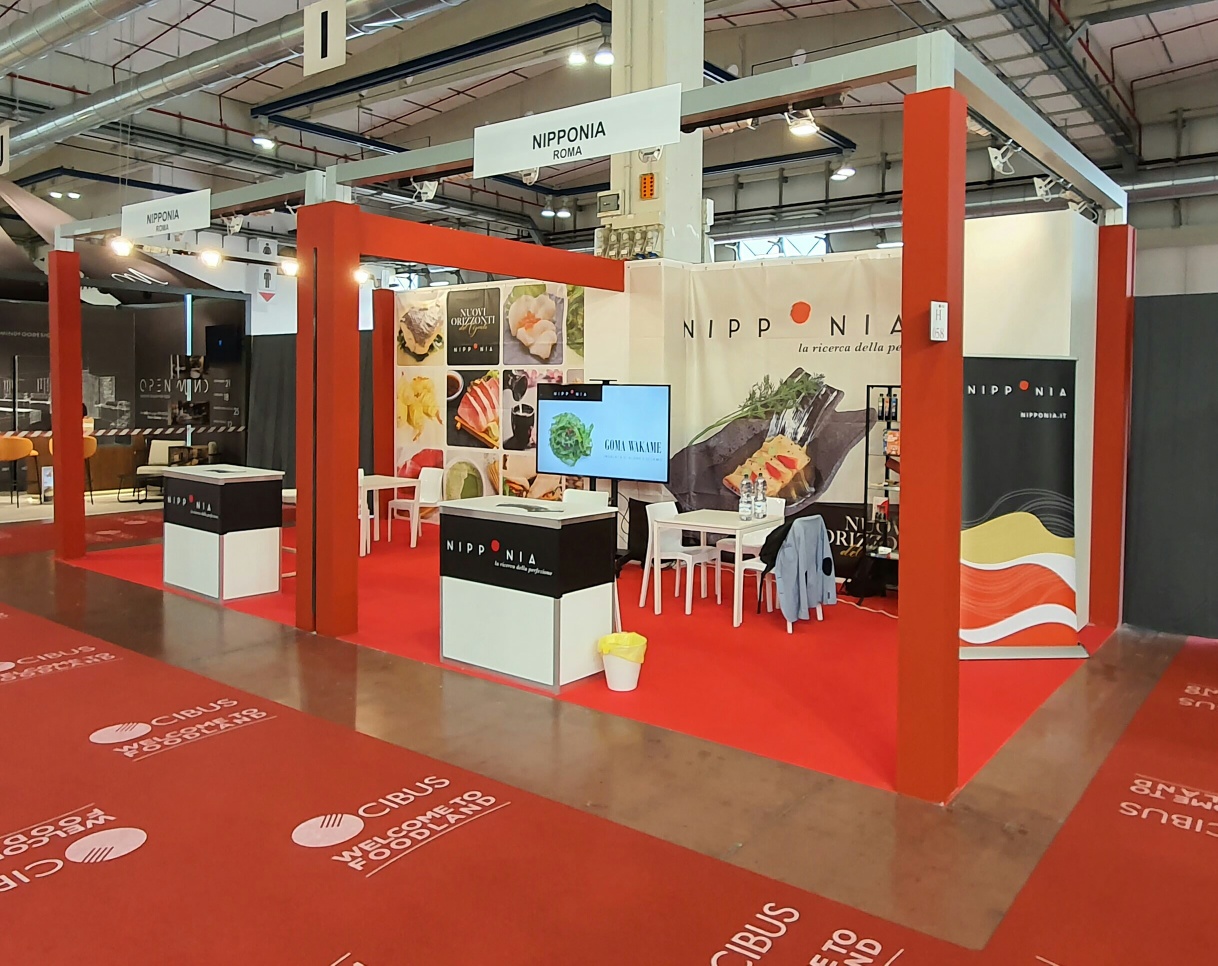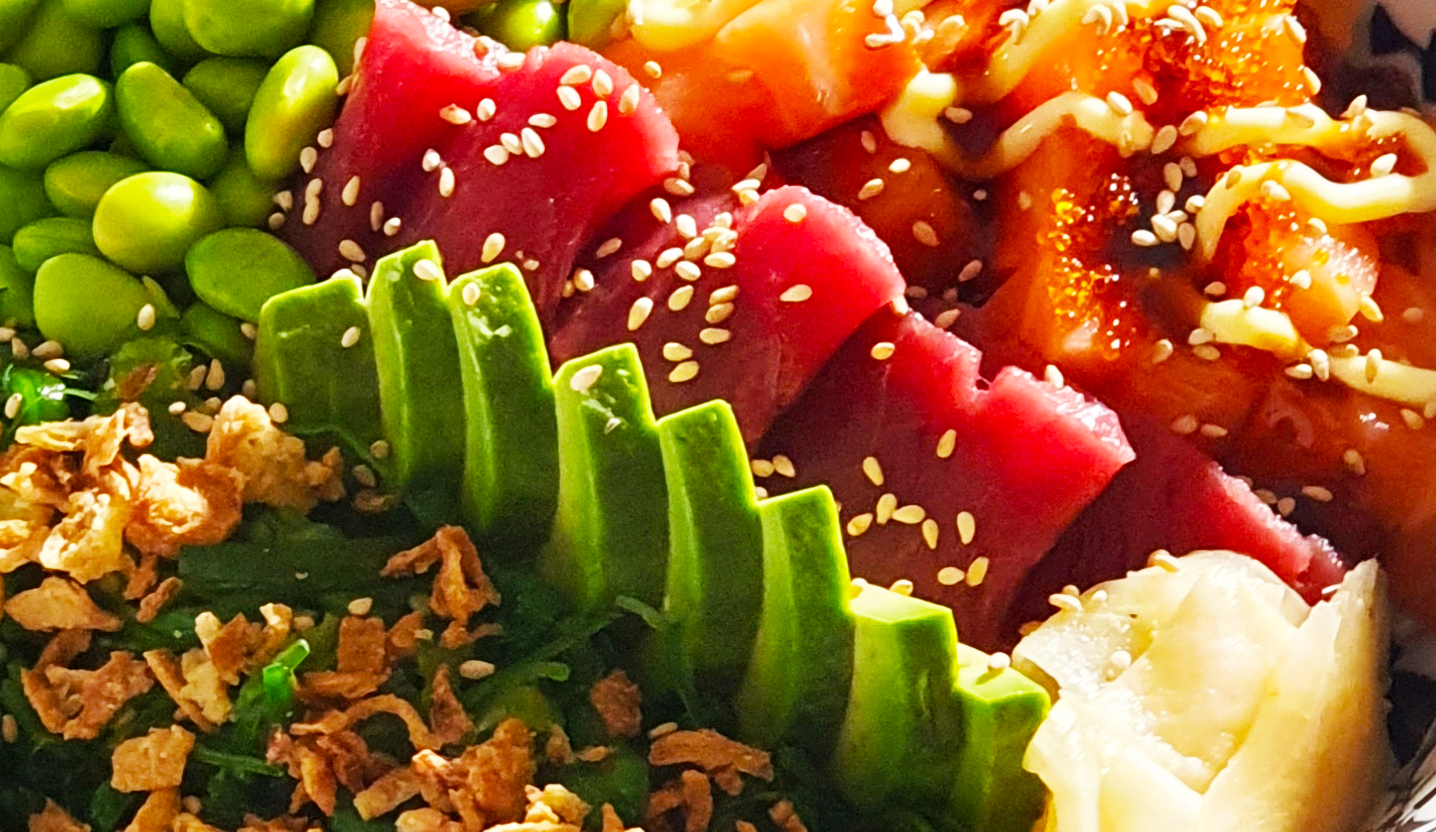What is Panko
Please tell me you have tried breadcrumbs. panko: compared to Italian breadcrumbs, it is not ground as fine but rather is ground into flakes, it is lighter because it is more airy and still comes out crisper, it is lighter in color because the bread from which it is made does not have a surface crust.
The Panko in Japan
There are restaurant chains in Japan that specialize in tonkatsu, cutlets of chicken, pork, shrimp, and other meats, breaded and fried, either alone or in katsudon, cutlets cut into pieces, over white rice. Nothing new, it would seem, compared to our plates of breaded and fried cutlets or chicken breasts; in fact, one only has to taste these fried foods and one realizes that the difference is there and it is remarkable.
Japanese breadcrumbs are called
Panko
and, unlike ours, it is not fine, almost powdered, but is in more or less coarse flakes, of bread flakes; this results in an incomparably higher crispness of fried food than we are used to. This is why, it seems absurd, we import for Japanese restaurants tons of breadcrumbs. Anyone who tastes a chicken cutlet or fried shrimp with
Panko
will never go back and start substituting it for our common breadcrumbs for home use as well.
But it is not just the thickness of the flakes, it is the very composition of the bread being grated that is different. In fact, the Japanese do not use bread during their traditional meals, and this Panko is not a derivative of the bread we are familiar with in everyday consumption; it is a bread specially made to be grated into flakes and to breadcrumbs for foods intended for frying.
How is panko used?
Panko is now known and popular all over the world and will be used more and more in our homes as well. The preparation is simple and similar to that normally used by us: slices or pieces of chicken breast, or other meats, are dry-processed in tempura flour and then dipped in emulsified eggs, then breaded in Panko (to which salt, pepper and garlic powder may also be added) and fried in plenty of vegetable oil (soy or sunflower). Excess oil is absorbed on paper towels, wanting to follow Japanese usage serve with sauce
Tonkatsu
, or Worcestershire or other type, for dipping.
